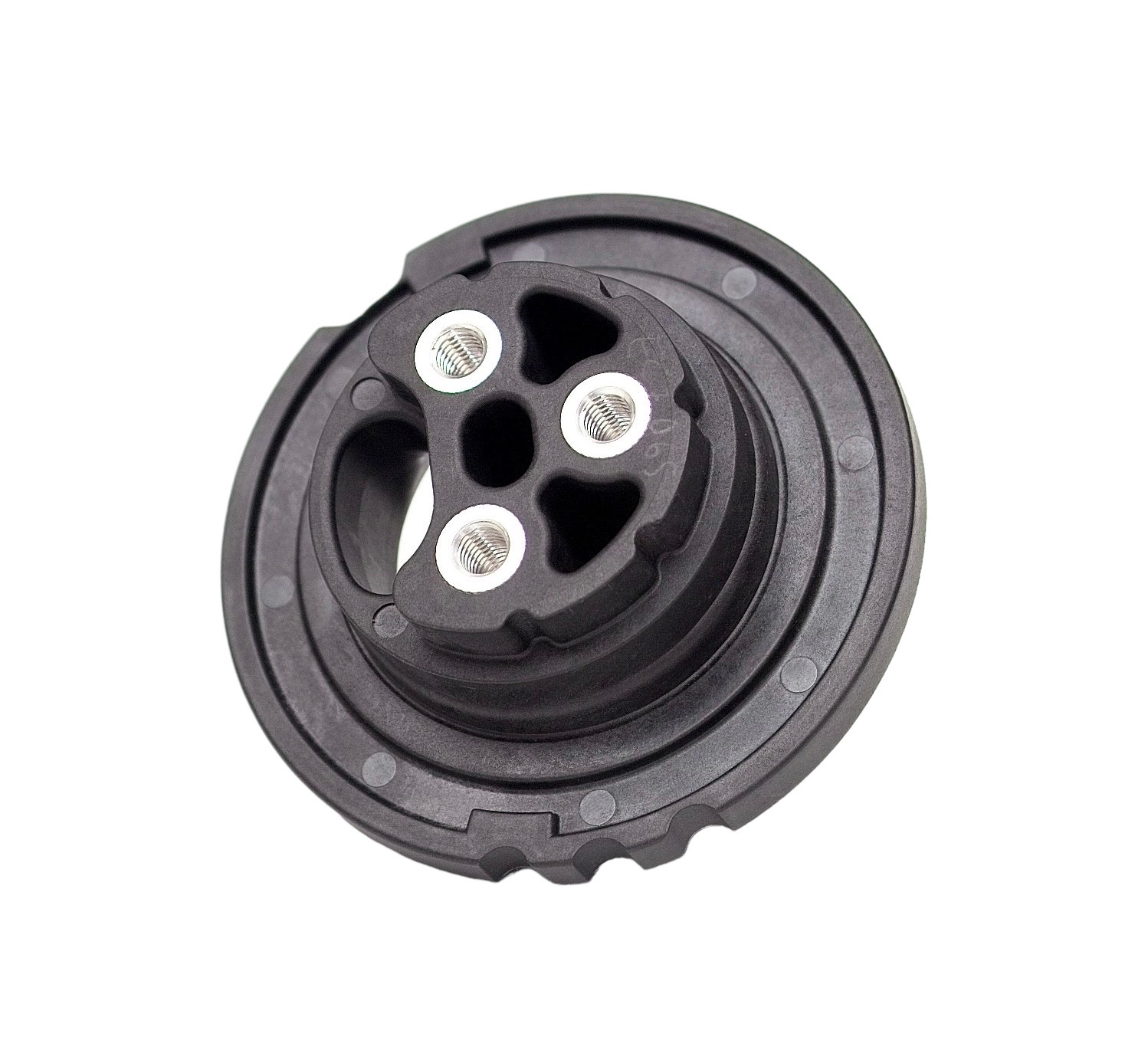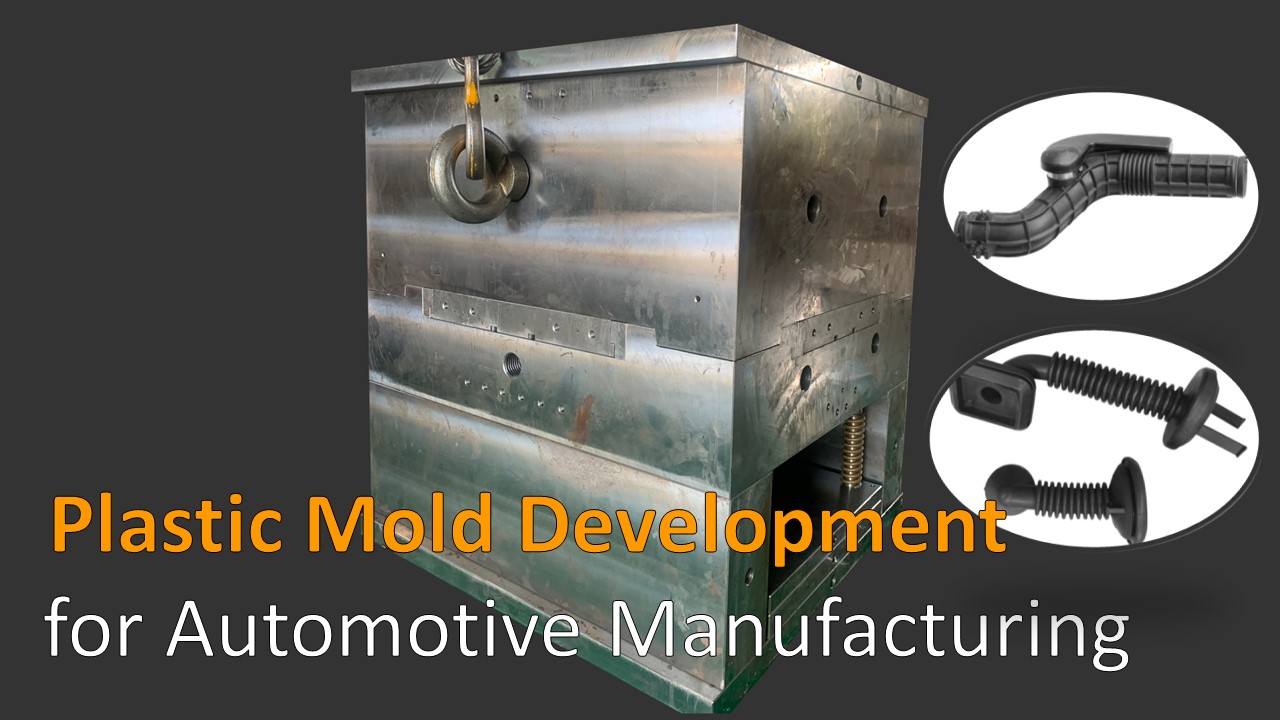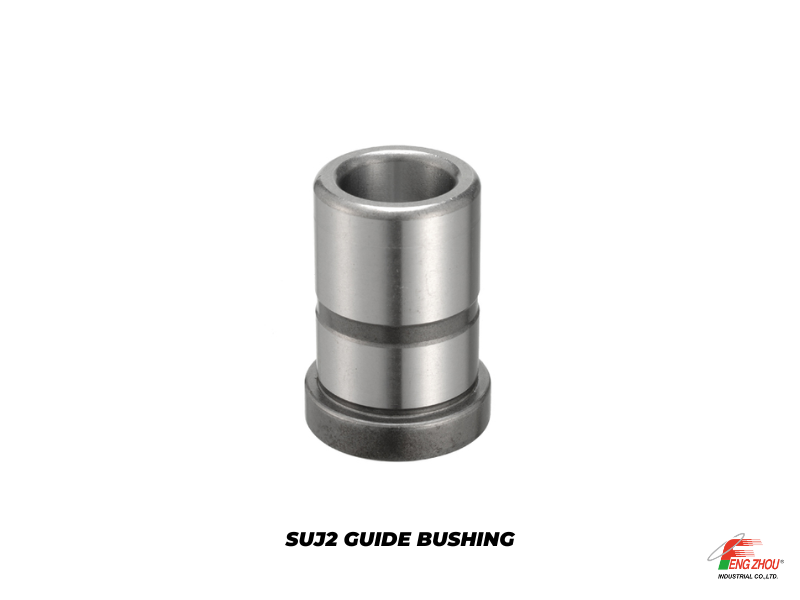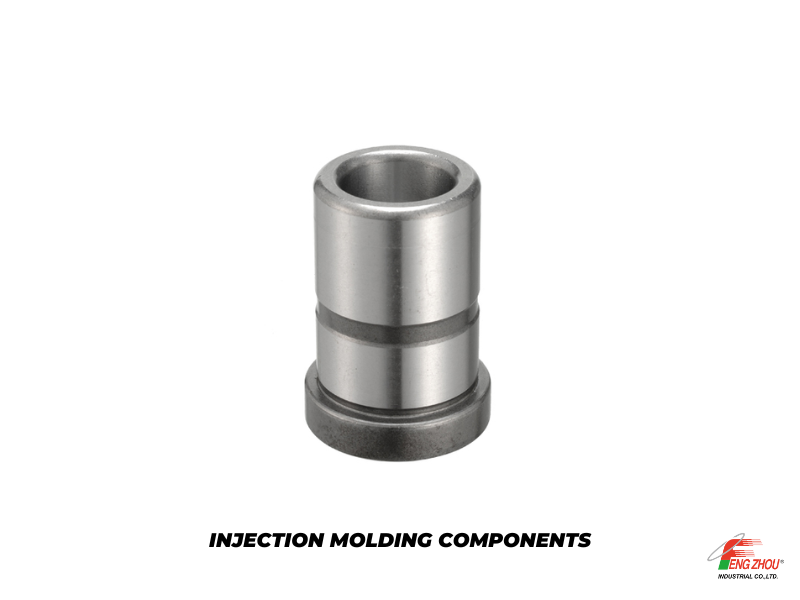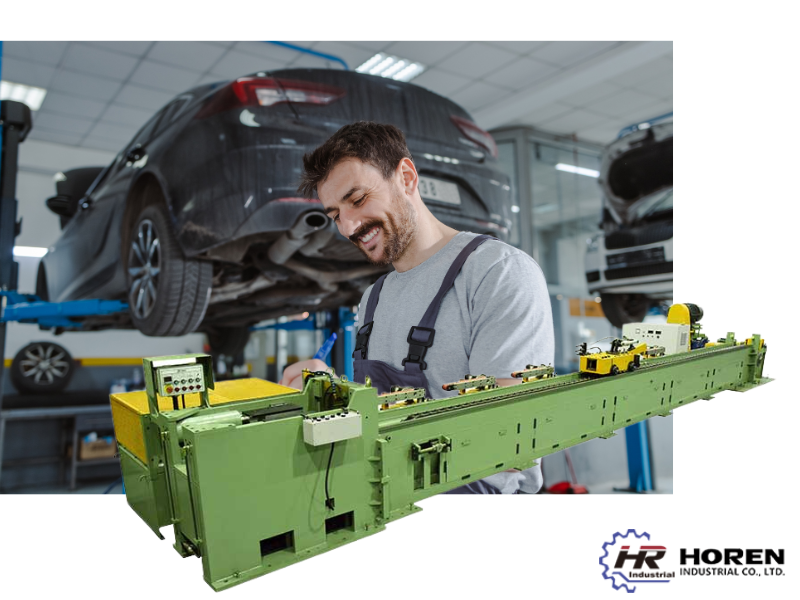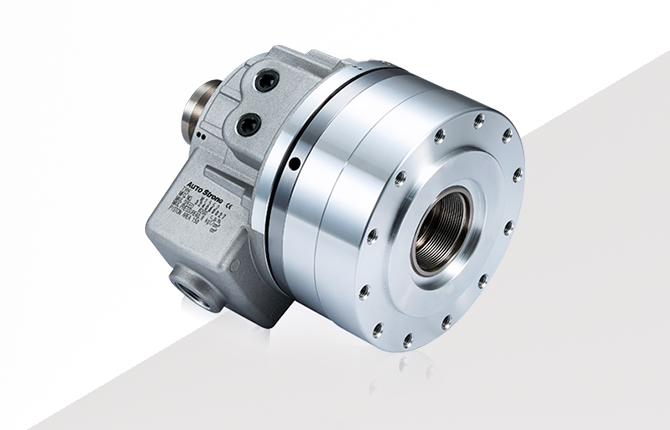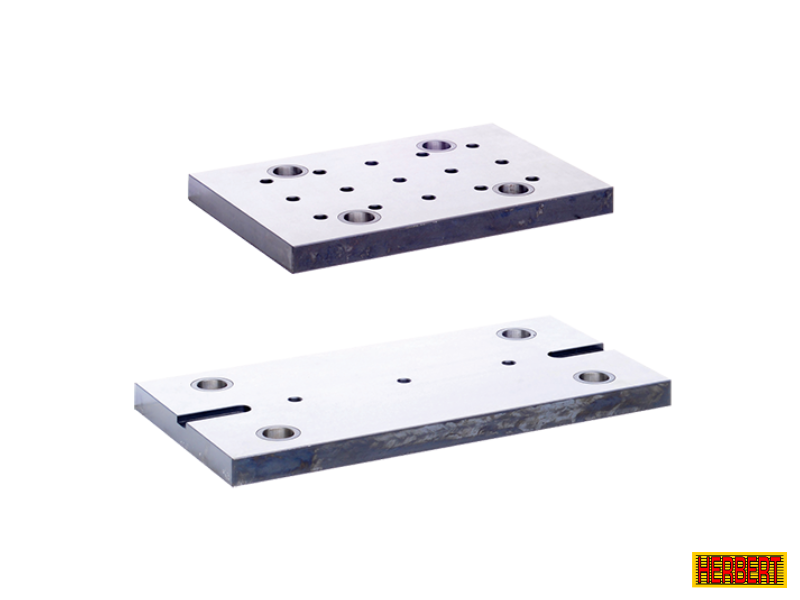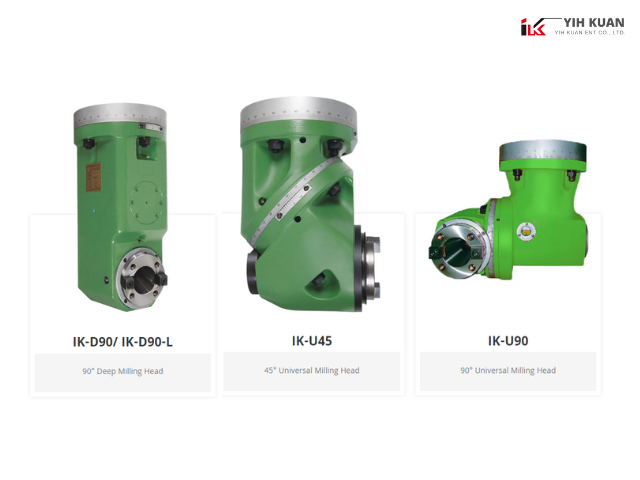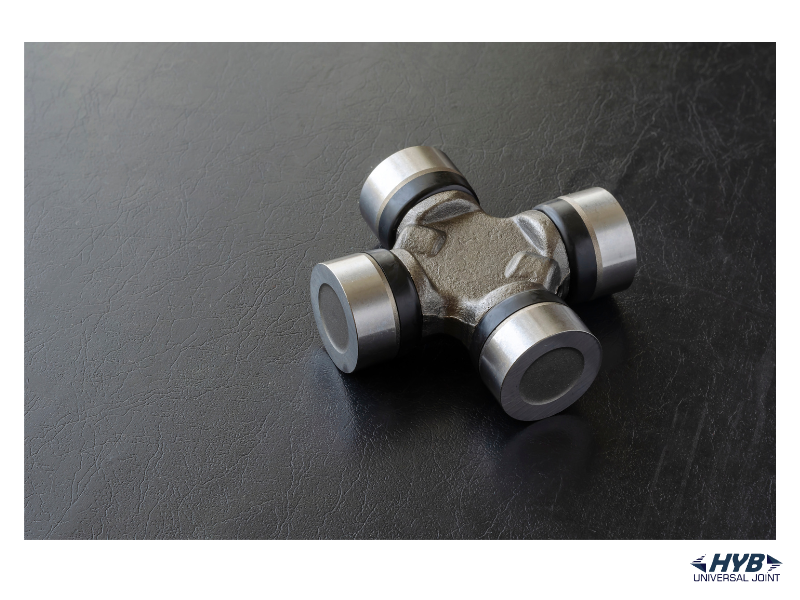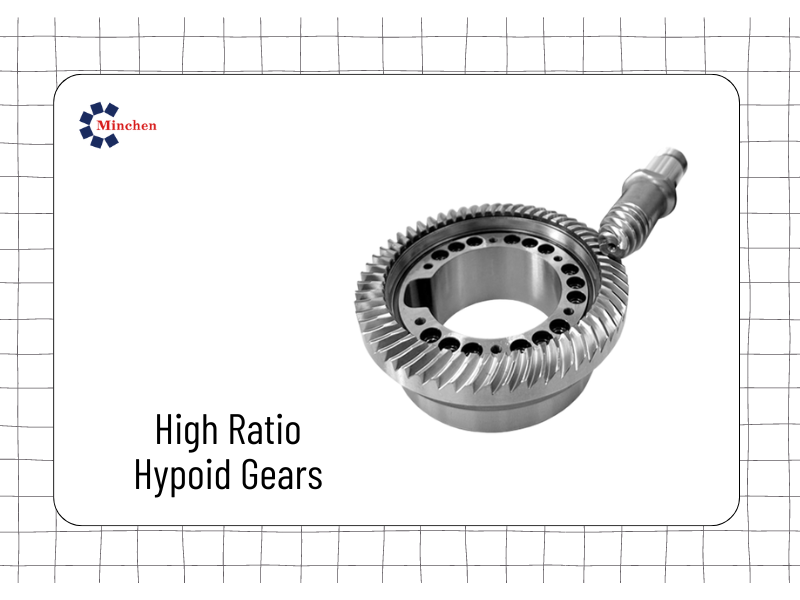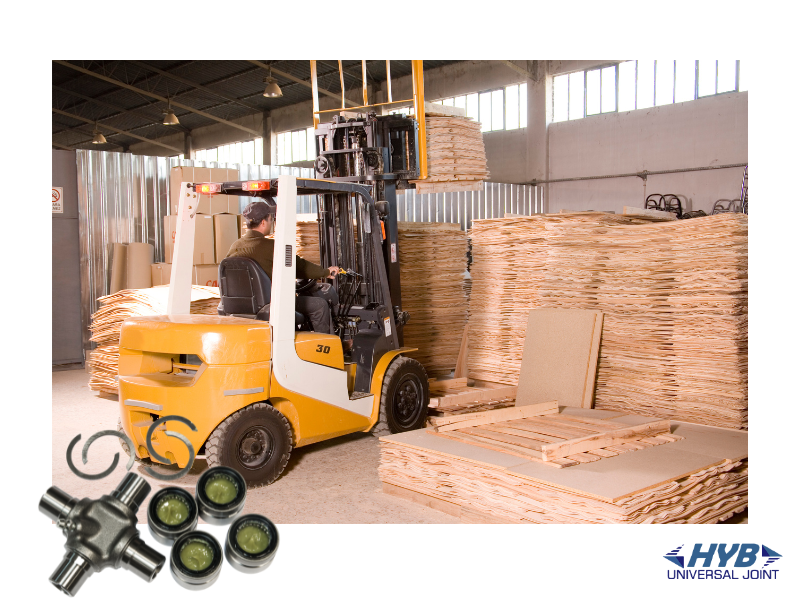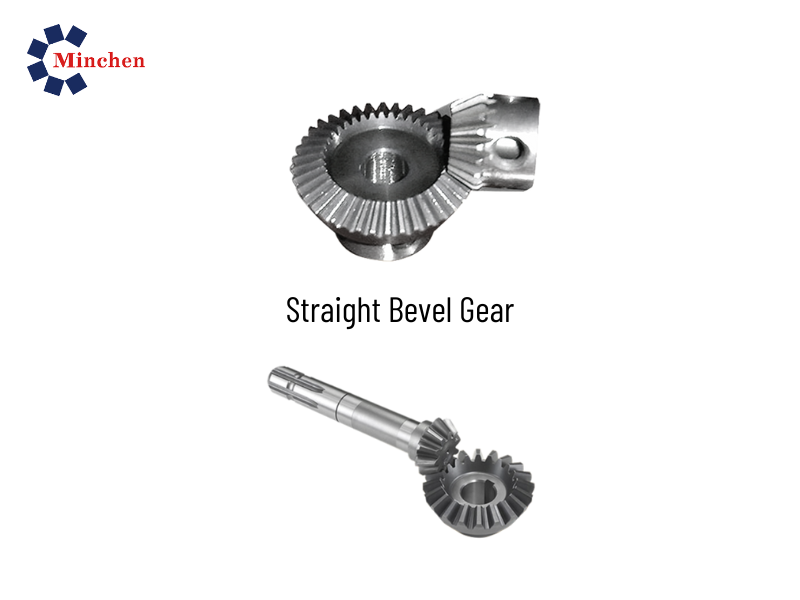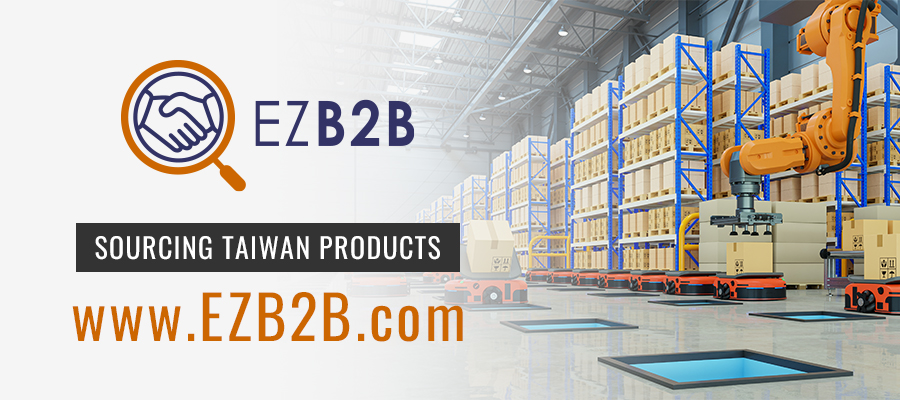The Future of Micro Injection Molding: Trends and Innovations
2023-10-20Mould & Die

Micro injection molding is a manufacturing process that involves injecting melted plastic materials into a mold cavity, where it crystallizes and solidifies to form the desired product. This process is typically used to produce small, intricate shapes and components that require high precision and accuracy. Over the years, micro injection molding technology has continued to evolve, thanks to the emergence of new materials, software tools, and manufacturing techniques.
As the technology continues to evolve, the future of micro injection molding is filled with exciting trends and innovations that are set to transform the industry. In this article, we will explore some of the key trends and innovations that are shaping the future of micro injection molding.
The Rise of Biodegradable Materials
As the world becomes more environmentally conscious, there is a growing demand for biodegradable plastics that can decompose naturally and not linger in the environment for hundreds of years. Currently, biodegradable plastics are mostly produced using traditional injection molding techniques. However, micro injection molding is rapidly gaining popularity as it allows for the creation of intricate shapes and designs that cannot be achieved with traditional molding techniques.
Biodegradable materials such as PLA, PHA, and starch-based materials are becoming increasingly popular in micro injection molding, as they offer a cost-effective solution without sacrificing performance. These innovative materials break down naturally in the environment, solving the problem of plastic waste pollution.
The Emergence of Additive Manufacturing and Micro Molding
The manufacturing industry has witnessed a revolution in additive manufacturing in recent years, with 3D printing being the most popular form of additive manufacturing. With the increasing demand for smaller and more intricate components, there has been a growing need for micro molding solutions that can produce parts with ultra-high precision and accuracy.
Micro molding is a technology that uses traditional injection molding techniques to create small, high-precision plastic parts. The process involves melting the plastic material and then injecting it into a mold cavity with a micro-sized gate. With the emergence of 3D printing technology, manufacturers can now create micro molds using 3D printing technology that can be used to produce intricate micro parts with high quality and precision.
The Integration of Robotics and Automation
Automation has transformed the manufacturing industry in recent years. With the increasing demand for smaller and more intricate parts, the need for intelligent, agile, and efficient manufacturing processes has become more critical than ever. Robotics and automation are playing a significant role in the micro injection molding industry, as they enable manufacturers to achieve consistent, high-quality parts with minimal labor costs.
Robotic automation systems are increasingly being integrated into the micro injection molding process, allowing for precise and accurate control of all aspects of the process. The robots provide a cost-effective solution that improves the speed and accuracy of the manufacturing process while reducing the risk of human error.
Artificial Intelligence and Machine Learning
Artificial intelligence and machine learning technologies have taken over many industries, and manufacturing is no exception. Companies are now utilizing AI technology to optimize their production processes and improve productivity. In the micro injection molding industry, AI and machine learning technologies are making it possible to achieve better process control, optimization, and monitoring.
With machine learning algorithms, companies can analyze and predict injection molding processes, optimizing parameters such as temperature, pressure, and fill speed. Manufacturers can also use AI-powered smart sensors to monitor the manufacturing process and identify any potential defects.
The Future of Micro Injection Molding – A Conclusion
As the world continues to evolve, so does the manufacturing industry. The trends and innovations outlined in this article are just some of the exciting developments that are shaping the future of micro injection molding. The rise of biodegradable materials, the emergence of additive manufacturing and micro molding, the integration of robotics and automation, and AI and machine learning technologies are all transforming the industry.
Overall, the future of micro injection molding looks bright, with significant developments on the horizon. Advancements in technology, automation, and materials are set to revolutionize the industry, enabling manufacturers to create high-quality, ultra-precision parts with minimal labor costs. Companies that embrace these trends and innovations can stay ahead of the competition and ensure a successful future in the industry.
